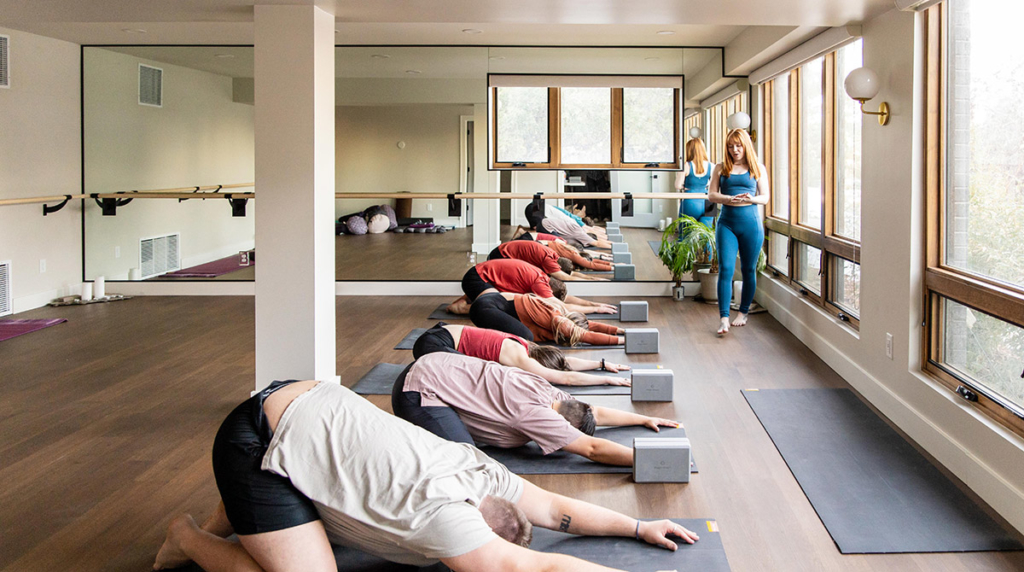
I began yoga practice in 1982. I was, of course, much younger then. I don’t know that it ever crossed my mind that I might someday enter my 50s or even my 60s. But once I began practicing asana, from the first class, I knew that I’d found a practice I could continue for the rest of my life.
My picture back then was that my practice would probably look pretty much like this: I’d practice for at least an hour every day. I might change what poses I focused on, but the trajectory of my practice would always be with an eye to more “advanced” poses.
In actuality, my practice has ebbed and flowed over the past 40 years. At times I’ve practiced diligently every single day and have, indeed, focused on fancy poses. At other times, I’ve practiced just a few mindful asanas before sitting down to meditate.
Adapting Yoga Practice to Your Life
Early in my practice—the honeymoon stage—asana was everything. I assumed that my practice would only get more intense over the years. But like any long-term relationship, there have been times when asana practice was central to my life, and other times when it has taken a back seat to other practices.
In the early 1990s, as I was going through a very rough period, I practiced only Restorative yoga for more than a year. In the few years before my dysplasic left hip started giving me serious trouble, my practice was intense—daily standing poses and back bends. Once my hip started going downhill fast, I ditched intense poses and focused on maintaining as much practical function as possible.
Currently, my practice includes a brisk, but mindful, daily walk; some basic, mellow quadriceps and hamstring opening, a back bend or two, and some twists; Savasana and sitting meditation. I’ve also added strength training, because that’s what feels best for balancing my hypermobile body. Who knows how that practice will shift in the coming year?
What I’ve learned over many years of practice is the importance of adapting my practice to the realities of my daily life. Currently, I work several part-time jobs in order to make ends meet. I need sleep much more than I need a heavy, intense asana practice. During the years when I made a living just teaching yoga and meditation, my practice was very different.
The Takeaway
If you continue to practice for decades, your practice will likely need to change—multiple times. Sometimes it will be more active, sometimes more relaxed. Sometimes a vigorous early-morning daily practice will be just what you need. At other times, an evening Restorative practice might be what best allows you to meet your life’s daily demands.
Don’t be discouraged if you go through a period of not wanting to practice at all. That doesn’t necessarily mean that your relationship with yoga has ended. It might just mean that you need a break to focus on other things. I’ve always found that I appreciate asana practice even more after I’ve taken a break.
Be patient. Be open to how your practice evolves. It may be that it morphs into something else entirely, a different movement modality or meditation practice. Or maybe you’ll continue to practice asana and/or meditation, but you’ll learn new ways of approaching them.
Like any long-term relationship, your practice will deepen over time, even if it doesn’t retain that original honeymoon-like excitement. Sometimes, after you’ve gone through what seems like a plateau, you might discover something that makes you see your practice anew. Over time, practice can become more integrated—a way of being rather than something we’re doing.
Remain open. Know that your practice and your relationship to it will change. Enjoy the ride.
